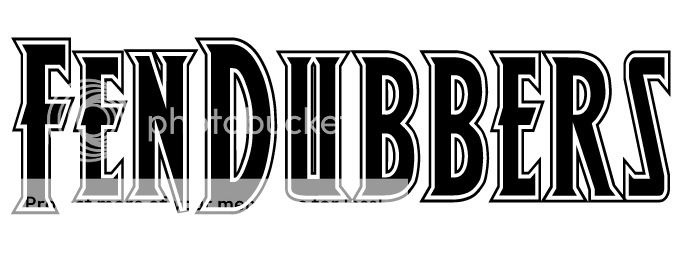I made this up for an old forum I was on and forgot about it. I think it may be of some use to some people who are just buying their first SLRs.
feel free to correct me or add your own things to this(i want to make it a bible type thing)
right starting off the 2 most important things are
Shutter speed and
Aperture Shutter Speed Shutter speed is how fast the shutter of the camera (the bit behind
the lens) to expose the film. A rule of thumb is that if your holding
the camera and not leaning on anything try not to go under 1/60
otherwise its likely it will blur.
shutter speeds are measured in seconds. higher shutter speeds are
measured in fractions (e.g. 1/60th of a second) and can any where up to
about 1/5000th but general speaking you never need to go over 1/1000.
if you are shooting something that is moving you will want to use
a fast shutter speed. For example when i take pictures of racing cars
or BMX id stick to about 1/800 and upwards.
Slow shutter speeds are used to shoot stationary subjects. you will
need a tripod or a sturdy object like a wall for these sort of shots.
Depending on the lighting, aperture and ISO of the subject. The longer
the shutter speed the lower the ISO can be and the bigger the aperture
can be(see below for definitions).
Aperture right this isnt so vitally important to get right as shutter speed is but it is important.
in basic terms aperture is how much of the photo is in focus. the
higher the aperture the more of the picture will be in focus. it is
refered to in stops (genraly from f/3.5 - f/22)
high apertures make the hole in the lens small which allows in less
light but more detail, thus making the shutter speed longer but more in
focus.
low apertures are the opposite (obviously)
here's two pics i took sitting at my pc a sec ago to portray what i
mean. look at the back ground to see the difference in focus.
low aperture, less in focus, faster shutter speed (f/ 3.5, 1/2 sec)

high aperture, more in focus, slower shutter speed (f/ 22, 15 sec)

 ISO
ISOAlthough a lot you you will never play with this setting or even notice the "noise" its good to know about.
ISO is how reactive the film is to light. the lower the iso the
less reactive it is. the long the film takes to react the more light it
needs (a longer exposure) and visa versa.
the lowest ISO on standard digital camera is 100 going up to 1600.
the lower the iso the less "noise" will be captured. noise looks like dust/fuzzyness over the picture.
heres an example
left : f/22, 0.8 sec, ISO 1600
right : f/22, 15sec, ISO 100.

ive decided to add a quick guide of what to look at on a
Canon.
this guide is specificity a 400D but most cameras use the same basis on
button layout. i would appreciate it if someone did one for
Nikon's.
before i start this is not a instruction manual, this is just a run
down of what i would check/do if i were going to take a pic of a
stationary car.
this is for
Manual mode (M)
heres a picture to clarify what im talking about and what the importaint things to look at are.

FOR A STATIONARY SHOT (with a tripod)
for starters i would put the iso down to 100. to do this press the
"ISO button" (see the pic) and use the pad to move over to the "100"
option. then press the middle button. this should bring you back to the
main info page (as seen in the pic).
next i would adjust the aperture. to do this in M mode you will
need to hold the "AV button" and use the scroll wheel just behind the
shutter release button.
which way you want to put it will depend on what you want the out
come of the photo to be. if you are
looking to have a very small field of focus will put this down to the
lowest it can be. this is extremely effective on focusing the attention
onto a small part of the car, like a sticker.
if you want to have a lot in focus put it all the way up (max on
standard cameras is about f22) this is effective if you are trying to
capture a whole car.
right next up id set the shutter speed to match the lighting. you
can do this but using the scroll wheel (the same one you used to change
the aperture but this time dont hold any buttons down). to get the
shutter speed right your aiming to get the bar on the light meter to
measure up with the centre of the scale (as seen in the pic). if its
hanging to the left of the scales you need to make the shutter speed
longer and if its to the right you need to make it shorter.
the next thing is white balance. this really isnt essential and for
most people auto will do. but if you want to have a play about with it
press the "white balance button" near the bottom of the camera and have
a play.
